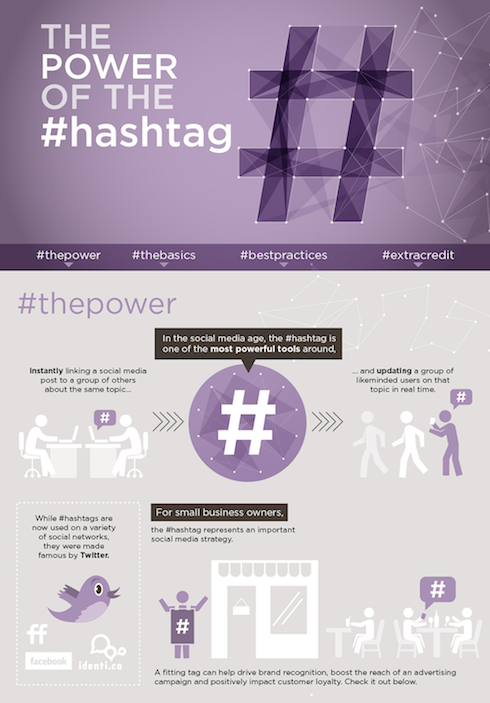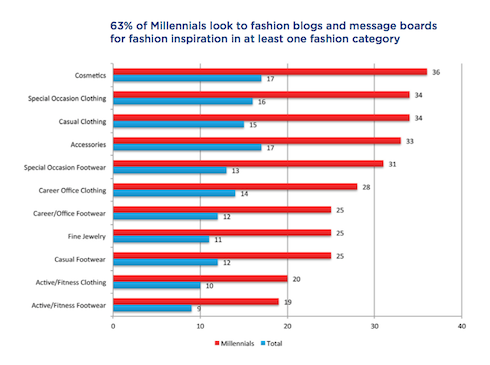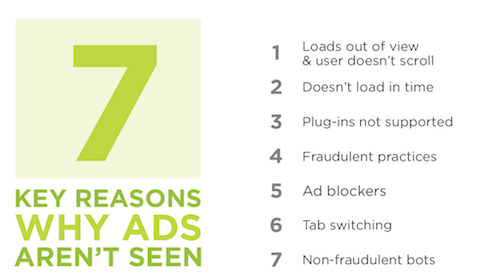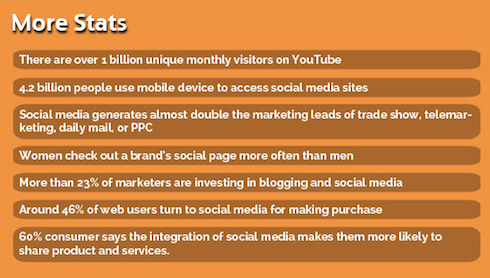By Nick Johnson - November 20th, 2013
The socialisation of fashion, ad campaign tracking and ROI, plus how the social media landscape looks in 2013
How to use the hashtag
Few corporations can now ignore Twitter, as it has transformed how many consumers interact with their favourite brands. A new infographic from the Huffington Post in association with American Express offers a great short cut to hashtag success if your company is still trying to figure out the best approach for those 140 characters.
Fashion is social
One of the key retail sectors that have seen a massive uptake of social media is fashion. New research from Netbase has revealed that over 80% of US women consult their favourite social media network before they make a purchase. Nearly a third have been dubbed ‘social shoppers’ with 63% of those surveyed stating they consulted fashion blogs, and over half paid attention to the number of Facebook likes a fashion brand had before parting with their money.
Netbase conclude in their report: “Even as Millennials flock to the newer social channels, they are still looking to Facebook when it’s time to get inspiration for fashion purchases. Fifty-four per cent of Millennials look to Facebook for fashion inspiration in at least one fashion category. Facebook’s role is strongest with respect to casual clothing and accessories (costume jewellery, scarves, belts, etc.). Many Millennials are social shoppers, and Facebook is a place where they can count on finding their friends.
“Even though more Millennials have profiles on Instagram than Pinterest, Instagram falls just behind Pinterest when it comes to inspiring fashion purchases. Of course, if you are marketing to Millennials, Instagram is important; it inspires decisions in at least one fashion category for 49% of social networking women in the 18–24 age group.”
Also staying with the Millennials, comScore have shown that nearly 90% of men in this group can recall online ad messages. “This study provides unique insights for marketers who aim to connect with the influential millennial male,” said comScore. “These individuals may be discerning when it comes to the sites they visit and the ads they respond to, but once they are engaged they are extremely valuable to marketers. Not only are the likely to exhibit loyalty and advocacy for the brands they like, but they also open their wallets.”
Are your ads effective?
With social media proliferating across multiple devices, tracking the effectiveness of each campaign on individual devices is proving to be difficult according to Undertone. Speaking to marketers, the research reveals a lack of tracking holding back their campaigns from reaching their intended audiences. The absence of a universal performance metric is highlighted by the research as a major concern, as business continue to fragment their campaigns across multiple devices.
Says Cameron Hulett, executive director of Undertone in EMEA: “While the survey findings paint a picture of a market eager to deploy cross-screen campaigns, the challenges revealed are bound to slow this inevitable market evolution.
“With the pace of fragmentation across multiple screens and devices increasing at an exponential rate, marketers and agencies must embrace cross-screen advertising simply to keep up. And responsive design is core to reaching and engaging with today’s increasingly device agnostic consumer.”
In additional research Infectious Media have a new infographic that shows that over half of all ads go unseen. "Clearly getting ads delivered to their intended audiences is the first major step before tracking is even considered. With a move to marketers only paying for adverts that are seen, this infographic highlights a sea of change in online advertising,” says Attila Jakab, Client Services Director at Infectious Media. “Brand marketers are able to use this approach to safeguard the quality of their advertising inventory, whilst performance marketers can benefit from the increased response that is triggered by more viewable advertising.”
For brands this headache has been getting steadily worse as social media has expanded. New tools are needed to not only track the effectiveness of campaigns across all the devices they use to reach an audience, but performance metrics that marketers can use across all their campaigns to show ROI is sorely needed.
![]()
Social media 2013
Digital Insights have put together a handy infographic that pulls all of this year’s key social media stats. For corporations, this data is invaluable. Understanding the size and composition of today’s social media landscape is vital to accurately plan marketing campaigns. The key facts to pay attention to include:
- 74% of marketers believe Facebook is important for their lead generation strategy.
- 28% of Retweets on Twitter are due to inclusion of “please RT!”
- 40% of marketers use Google+, 70% desire to learn more and 67% plan to increase Google+ activities.
- 42% update their profile information regularly on LinkedIn.
- Every second 8,000 users like some or other photo on Instagram.
- 80% of total Pinterest’s pins are re-pins.
- 4.2 billion people use mobile device to access social media sites.
- Social media generates almost double the marketing leads of trade show, telemarketing, daily mail, or PPC.
- More than 23% of marketers are investing in blogging and social media.
Until next time….
The Useful Social Media team.
Next Reads
December 2013, London
Become a social business: For superior marketing response, sharper corporate decision-making, enhanced innovation and a happier, more loyal customer
Brochure Programme



